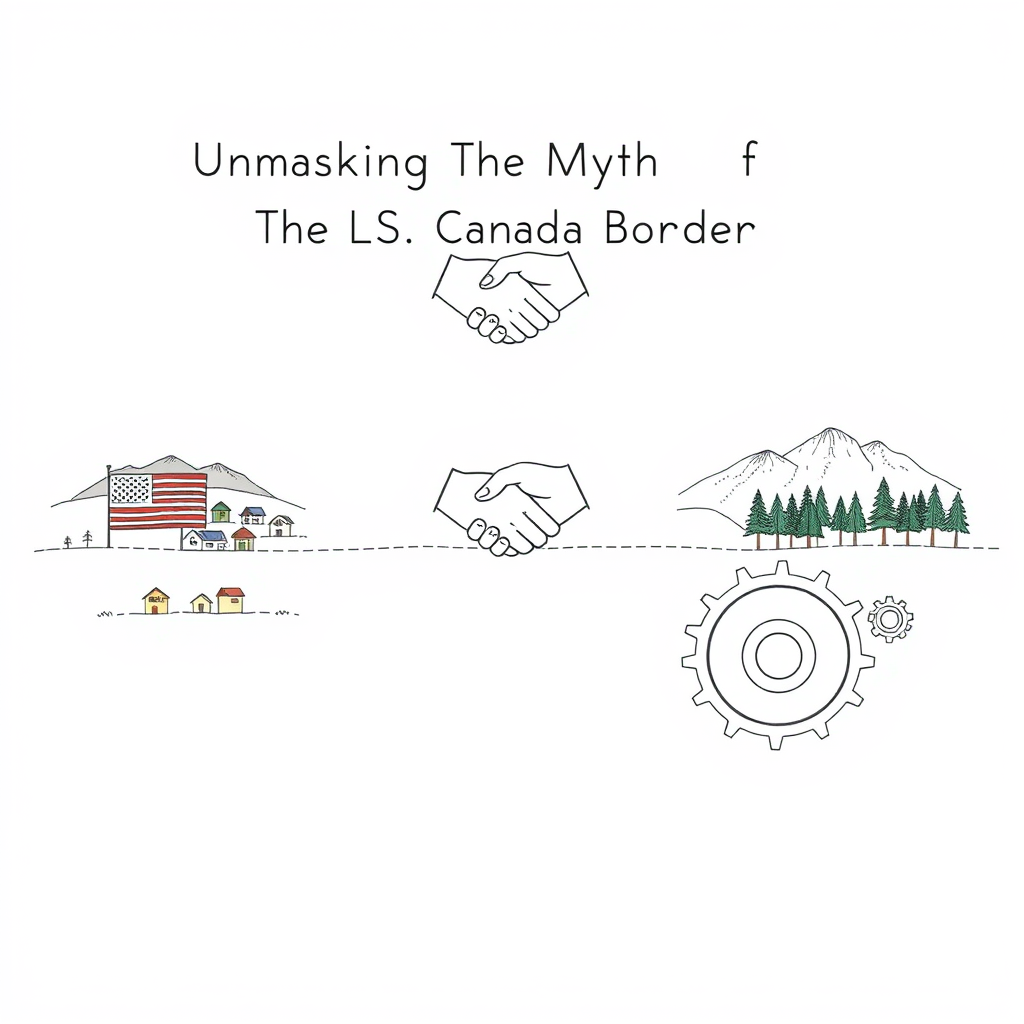Unmasking The Myth of The US-Canada Border

President Trump has consistently referred to the U.S.-Canada border as an ‘artificially drawn line,’ a characterization that oversimplifies the complexities of international borders. While it is true that all borders are, to some extent, man-made, this does not diminish their legitimacy or the historical, political, and cultural significance they hold. Experts in international relations and geography emphasize that the U.S.-Canada border, despite being a product of human agreement, is deeply rooted in centuries of diplomatic negotiations, treaties, and shared history.
The border between the United States and Canada is one of the longest and most peaceful international boundaries in the world. It is a testament to the cooperative relationship between the two nations, reflecting a mutual respect for sovereignty and a commitment to peaceful coexistence. The idea that such a border is merely an ‘artificial line’ undermines the intricate web of agreements and understandings that have maintained stability and prosperity on both sides of the border for generations.
Moreover, the U.S.-Canada border is not just a political demarcation; it is a living entity that affects the daily lives of millions of people. It facilitates trade, tourism, and cultural exchange, contributing significantly to the economies and societies of both countries. The border’s legitimacy is further reinforced by the extensive infrastructure and legal frameworks that have been developed to manage and regulate cross-border activities.
In essence, while it is accurate to say that borders are man-made, it is essential to recognize the profound impact they have on the lives of people and the stability of nations. The U.S.-Canada border is a prime example of how an artificially drawn line can evolve into a symbol of cooperation, mutual respect, and shared prosperity.